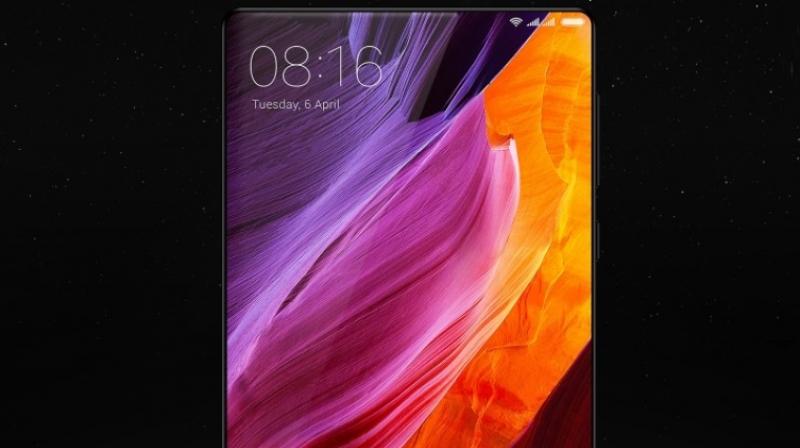After in-display fingerprint, next up is speaker in display

Mobile phones have definitely come a long way since their inception and we are presently experiencing the best of what technology has in store for us. However, technology is always evolving and smartphones are incorporating newer technologies to make devices better than before. Recently, the much-hyped in-display fingerprint sensor has been doing rounds across drawing boards of several smartphone manufacturers — one of which is Vivo, who has been actively showing interest in the technology. However, fingerprint sensors aren’t the only thing that companies have been trying to embed in the display. Good-old Microsoft had already found a way to put the speaker in the display back in 2016.
A fresh report by mspoweruser has unearthed evidence about Microsoft inventing a new technology that can embed the speaker in a smartphone’s display. The invention has been credited to Klaus Melakari and Pasi Kemppinen — ex-Nokia brains, and the patent has been registered under Microsoft’s banner. The idea is pretty simple — embed the piezoelectric speaker in an OLED panel by glueing both of them together. The setup can be vibrated to produce audio and as well as haptic feedback when the user provides an input. In fact, the vibrations created by the setup can initiate OEMs to get rid of vibration motors.
The benefit of the technology was immense — liberating more space within the device, which the manufacturer could use to house other important elements or reduce the footprint of the device. However, the technology isn’t new — Xiaomi relied on piezoelectric speakers for its narrow-bezel Mi MIX back in 2016. The Mi MIX resonates audio through the display, which seemed promising on paper but wasn’t effective in reality.
The patent was filed back in 2016, when Microsoft was still in the smartphone game with the Lumia devices, albeit not in a very healthy state. The last of the Lumia devices weren’t doing great and there could have been a possibility that Microsoft foresaw the eventual demise of the Windows Phone platform and thereby chose to reserve the technology for application in some of its other products, possibly the Surface Pro range of tablets. Or, the fabled Surface Phone. Who knows?
Click on Deccan Chronicle Technology and Science for the latest news and reviews. Follow us on Facebook, Twitter.

